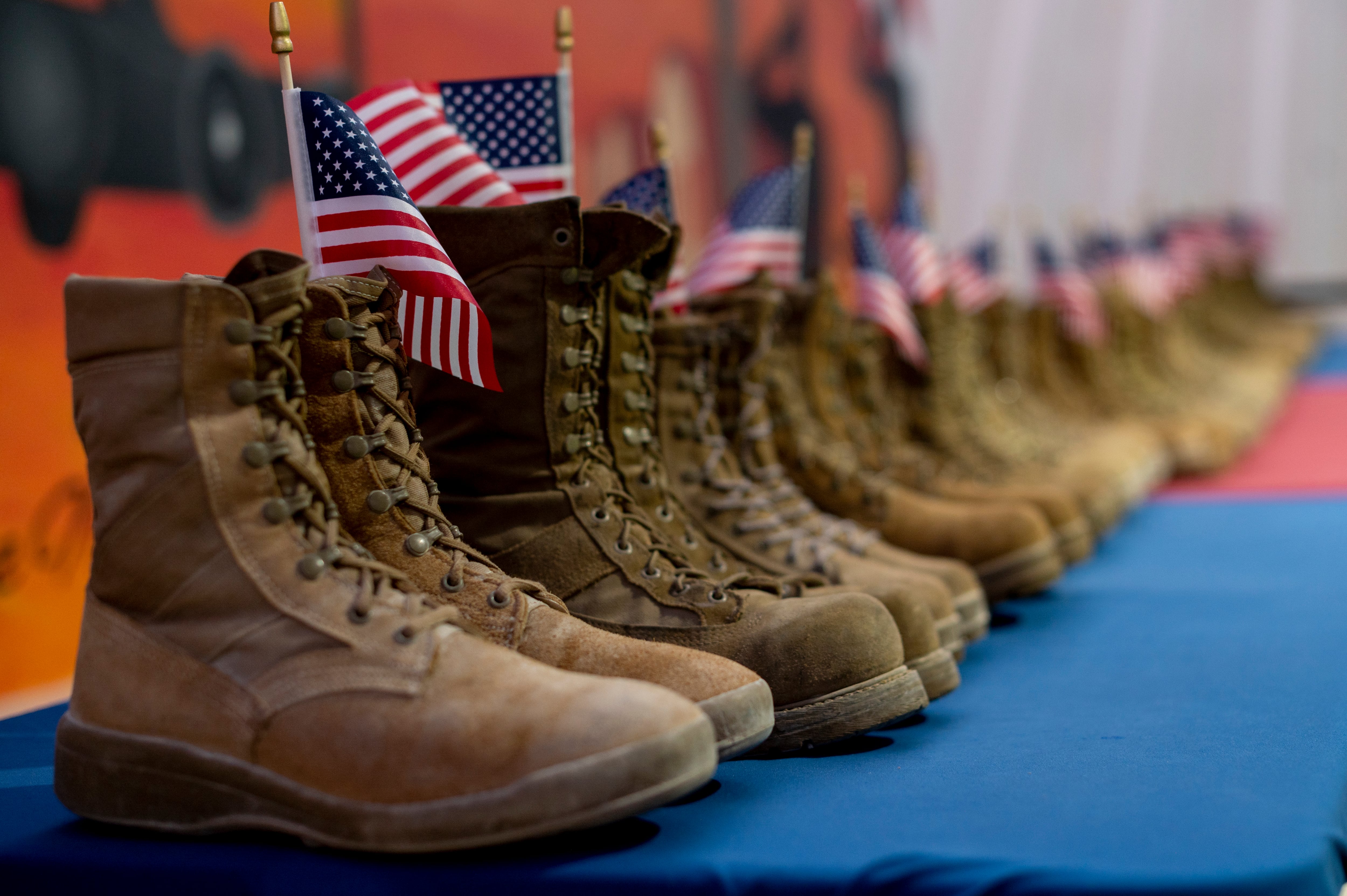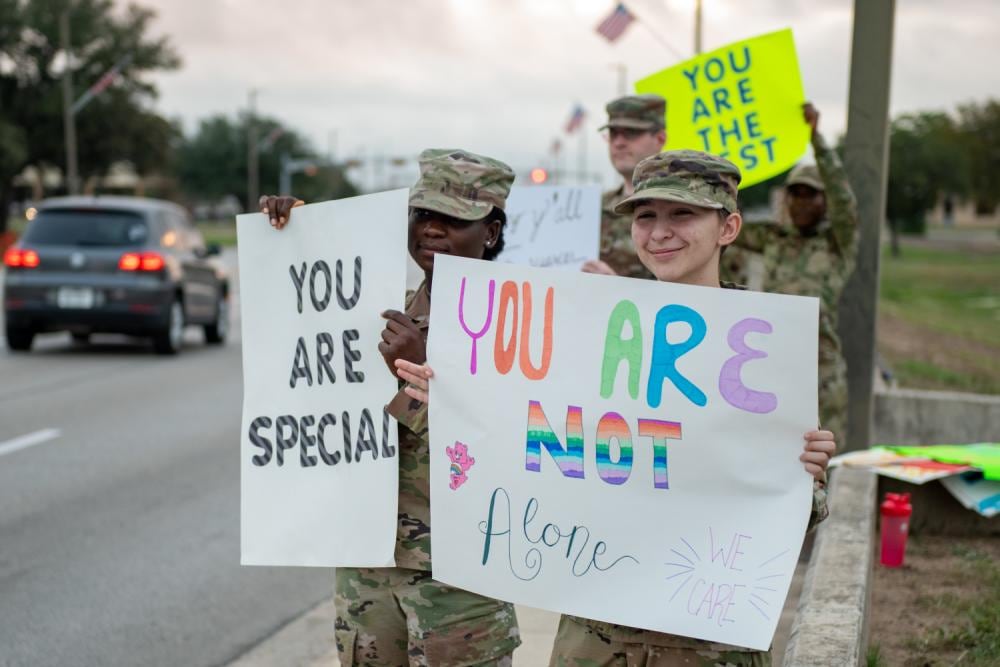The Pentagon had a bit of goods news to report Thursday as it released its latest annual suicide report: The rate of suicide among active duty troops fell between 2020 and 2021, normalizing a spike that experts haven’t been able to explain.
There were 519 suicides across the active and reserve components in 2021, down 11% from 580 in 2020, according to the report. While the reserve component numbers were nearly stable, the active duty side saw a 15% drop, down to 328 from 384 in 2020.
“While we are cautiously encouraged by the drop in these numbers, one year is not enough time to assess real change,” Beth Foster, the Pentagon’s executive director for force resiliency, told reporters Thursday. “The year-to-year trend provides helpful preliminary insight, but there is still a gradual increasing trend for suicide in the military over a 10-year period. And we need to see a sustained long-term reduction in suicide rates to know if we are making progress.”
So, while the active duty suicide rate dropped to 24-per-100,000 last year, the rates between 2011 and 2021 have climbed overall. Among the services, the Army saw a negligible increase in 2021, from 36.2- to 36.3-per-100,000, while the Marine Corps, Navy and Air Force (to include the Space Force) all saw dips.
Only the Air Force, however, saw a statistically significant drop, falling to roughly 2011 levels at 15-per-100,000.
The decrease “was not statistically significant for the Navy and the Marine Corps, which means we have a low confidence that is a true change,” Liz Clark, the acting director of the DoD Suicide Prevention Office, told reporters. “It could be due to chance or natural variation in the data year to year. We did want to mention this because, even though it’s not statistically significant, it does not mean that it’s not important ― the numbers are decreasing.”
For example, the Marine Corps rate fell from 35.5 to 23.9, but that brought it closer to 2019′s rate of 25.3, not representing much of a net change.
The report also notes that the suicide rate among service members is comparable to that of the general U.S. population. It’s an imperfect metric, however, given that service members have free access to mental health treatment, and the general U.S. population does not.
RELATED

“I think that’s a really key point because there are inherent protective factors to serving in the military, and there are some additional stressors as well, but we need to acknowledge those protective factors,” Foster said.
DoD’s Suicide Prevention Office works with the law enforcement community, Clark said, which is considered the closest comparable community in terms of job stress and access to resources.
“But also, I think, looking at how do we really enhance the support system to build up these protective factors?” she said.
While the Pentagon and the services track their annual suicide numbers, the ups and downs of the statistics are separate from the reforms and initiatives underway to chip away at them.
While any service member in crisis can see a behavioral health provider immediately, many installations report long backlogs for troops looking for less acute care.
DoD is working on hiring 2,000 additional providers to fill those gaps.
“We anticipate it is going to take a few years for us to hire that full 2,000 folks [who] will staff that work force,” Foster added.
And looking forward, Defense Secretary Lloyd Austin stood up an independent review commission on suicide earlier this year that will review existing behavioral health programs, conduct site visits and put out a survey.
Their findings are due for public release in February, Foster said.
Meghann Myers is the Pentagon bureau chief at Military Times. She covers operations, policy, personnel, leadership and other issues affecting service members.





